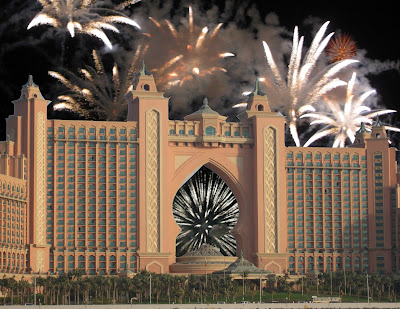 I tried to manipulate a skyline image with my pictures. I got a picture of the Tokyo Skyline and put in my own pictures off a sunset from South Africa and a picture of our own Lake Virginia in Rollins and combined the three photos to make a montage of a perfect skyline at sunset.
I tried to manipulate a skyline image with my pictures. I got a picture of the Tokyo Skyline and put in my own pictures off a sunset from South Africa and a picture of our own Lake Virginia in Rollins and combined the three photos to make a montage of a perfect skyline at sunset.
Tuesday, December 1, 2009
Wednesday, November 18, 2009
Wednesday, November 11, 2009
Nadir Saigol
9th November 2009
Introduction to Digital Media
Library Paper #2
Ken Gonzales-Day
The digital artist that I want to introduce and analyze in this paper is Ken Gonzales-Day. Gonzales grew up and lived in Los Angles his whole life, and has degrees from UC Irvine in Orange County California and CUNY Hunter in New York City and now is a professor at Scripps College in Claremont. Gonzales works with digital photo and most of his work focuses on taking certain elements out of the original photo to alter or enforce the meaning. Gonzales also bases his works on the racial hate crimes committed against Latinos, also called lynching. Gonzales uses photos of the lynchings and erases the victims out of the photos to capture the scene and the crowd around, in an attempt to create points of resistance in landscapes.
The catalogue “Hang Trees” that features one of Gonzales’ exhibitions at Pomona College in Claremont features his work with the lynching landscapes. The works stem from an original picture of a Latino lynching in which Gonzales digitally removes and re-masters certain elements such as the crowds and the victims to leave a landscape remaining. The end result is a landscape that hints that there was activity-taking place in that area, as if something had been taken out. For example in the postcards at the end off the catalogue; the picture with the single tree originally had three dead Latinos hung from it, but what Gonzales has done is remove them and leave just a piece of ones shirt on the ground to signify they were there. The postcard with the crowd has everyone facing towards the tree and where the faces were visible he masked them with blur and high flash.
Aside from his media concerning the lynching’s Gonzales also works with distortion and merging and morphing different pictures to form unique montages. In his photo set Dysmorphologies he uses several pictures and merges them into little squares and in some of his pictures. He will use just two or three separate pictures and merge them together into a grid of different parts of the separate pictures so they are next to each other. His Dysmorphologies also took the human body into main focus placing different parts of the body next to each other, in doing so he creates a piece that resembles a fragmented portrait. In Gonzales’ Bone Grass Boy images he places emphasis on creating pictures of unlikely events. These events circle around death, murder, and suffering. In these pictures he manipulates and changes the faces of the characters and makes them seem out of place. For example he would take a picture where there is a man dead on the floor and give him an alive mans face.
In conclusion Ken Gonzales-Day uses modern day digital technology to re-master and manipulate pictures to derive what he wants the picture to represent. In regard to the landscapes he created with the trees and the removal of the lynching’s I found them to be hard to understand and have a lack of meaning without knowledge of the lynching’s. I liked his Dismorphologies because the distortion and grid like patterns that he creates are interesting and show the capabilities and use of digital tools to play with the images. The Bone Grass Boy galleries were also quite fascinating to observe, because of they’re out of place look, and comical aspect that Gonzales tries to achieve with changing the faces of the images.





